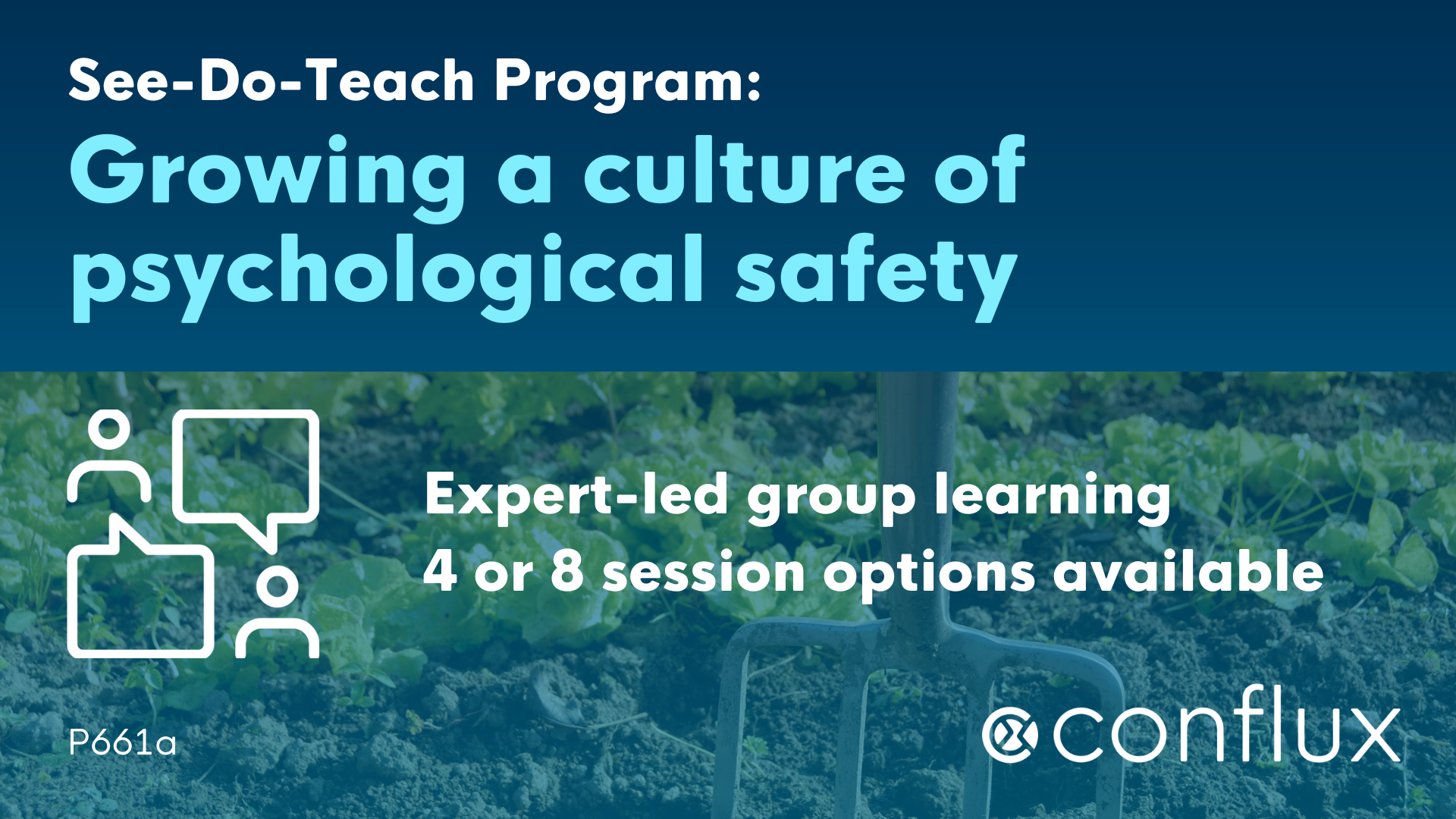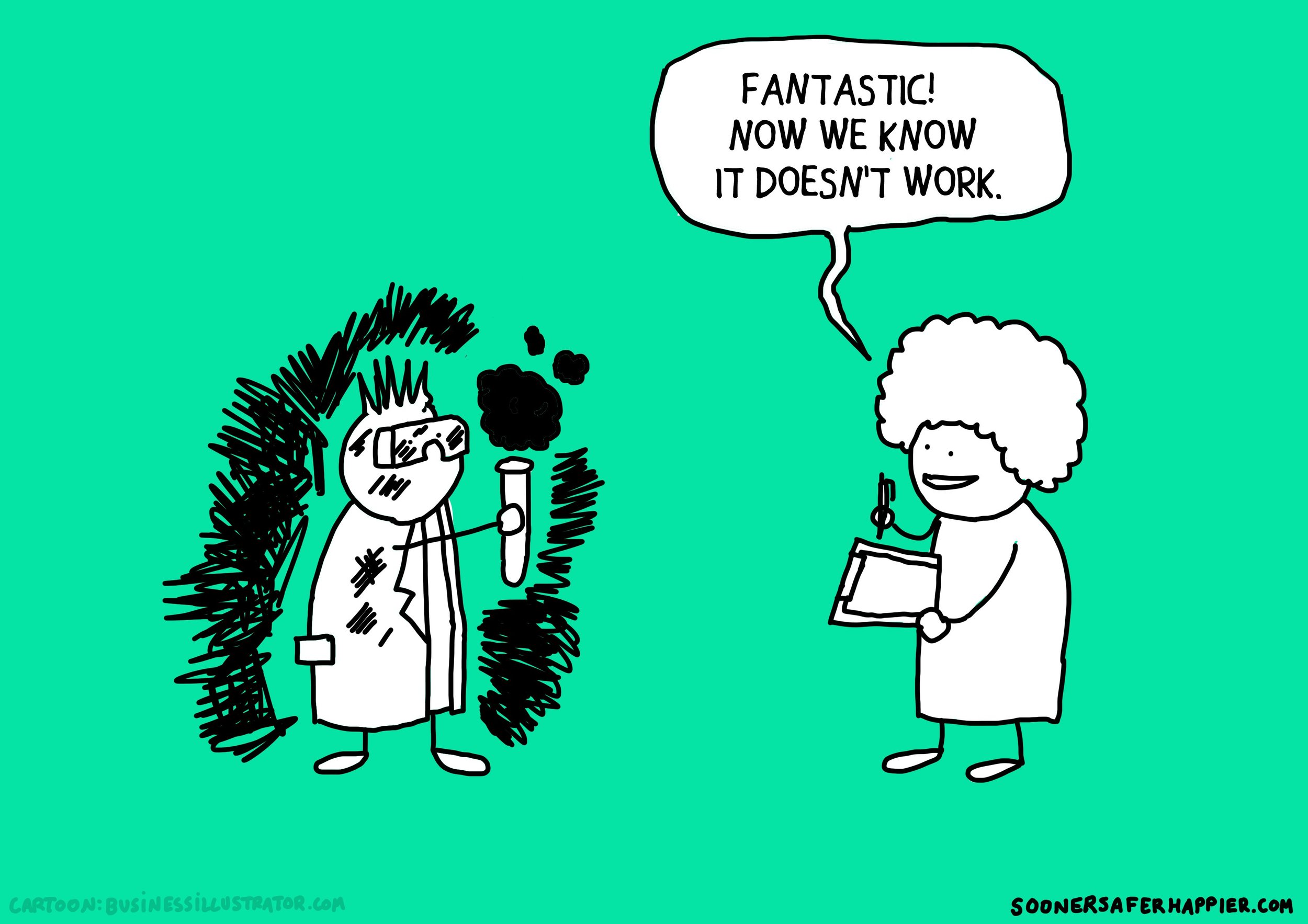Psychological Safety: A Tailwind For Success
Overview
Psychological safety is now recognised as being a key ingredient in the creation of modern, successful organizations, enabling those organizations to thrive and prosper in today’s fast-moving, complex, and volatile environment.
Introduction
The book ‘Sooner Safer Happier: Antipatterns and Patterns for Business Agility’ was published by IT Revolution in 2020. It was written by Jon Smart (with contributions by Zsolt Berend, Myles Ogilvie, and Simon Rohrer). Jon Smart will be a familiar name and face to anyone who has attended the DevOps Enterprise Summit conference in recent years. He headed up the Ways of Working group at Barclays Bank until 2018 and now runs his own consultancy business providing coaching and training in business agility and how organizations can get to ‘better value sooner, safer, happier’.
‘Sooner Safer Happier’ is a practical guide for how to achieve business agility in the digital age. As the title suggests, this guidance is presented through a series of patterns and antipatterns: patterns create ‘tail-winds’ which help and assist an organization’s efforts; antipatterns create ‘head-winds’ which obstruct and hinder.
Business agility is a broad topic and unsurprisingly these patterns and antipatterns cover a wide range of practices including such things as the benefits of structuring an organization around value streams, how to approach the thorny subject of security compliance and governance, how to scale agility within an organization by descaling the work, and of the need to use the right tool and framework for a particular scenario and how to determine what that ‘right’ tool is.
The need for psychological safety
In the book ‘Sooner Safer Happier’, there is a pairing of an antipattern and a pattern on the subject of psychological safety [see pages 133-142 and pages 151-156 respectively]; these patterns stress the need for psychological safety to exist within an organization in order for it to be successful and be truly agile. This will come as no surprise to anyone who has read Dr Amy Edmondson’s book on psychological safety, ‘The Fearless Organization’ which explores in detail the need for organizations to create and nurture an environment of psychological safety if they are to succeed in our increasingly fast-paced and complex world (see our review of The Fearless Organization here). Indeed, Jon Smart makes direct reference to the ideas laid out in The Fearless Organization and also the 3-step framework outlined there for how to create psychological safety within organizations.
‘Sooner Safer Happier’ presents two case studies to illustrate the dangers of what can happen in psychologically unsafe organizations. The first is the Aberfan disaster of 1966 when a colliery spoil tip collapsed and engulfed Pantglas primary school in the South Wales village of Aberfan, killing 128 children and adults. It was known to both colliery management and employees that the tip was physically unsafe - it had been built on the side of the mountain above the village and was also built over a natural spring. The environment was also psychologically unsafe with safety concerns from some employees and villagers being dismissed by managers. Having spent much of my own childhood in Wales - my family moved there when I was 9 - and so being very familiar with the story of Aberfan, I was intrigued to see it cited in a book on business agility in the digital age as an example of how badly things can go wrong in the absence of psychological safety!
The second case study is more detailed and describes what happened at Boeing that led to its 737 MAX planes being grounded following two fatal crashes in 2018 and 2019. The subsequent investigations by the US government brought to light a culture of wilfully ignoring safety issues as the company tried to meet deadlines and keep costs down, and of penalising and intimidating employees who made any attempt to raise such issues.
Both of these case studies highlight quite dramatically the damage that can be caused when people are working in an environment that is lacking in psychological safety.
Takeaways
These are my key takeaways from ‘Sooner Safer Happier’ about the importance of creating psychological safety in organizations. These takeaways can be summarised as:
It is a key ingredient for a successful business
It needs leaders to set the tone
It cannot be taken for granted
It is about ‘intelligent failure’
It is about listening as well as speaking up
It is the presence of positives and the absence of negatives
I’ll now expand on each of these aspects in more detail.
1 - Psychological Safety is a key ingredient for a successful business
Sometimes psychological safety is seen as being something ‘soft’, that it’s all about everybody being nice to each other all the time. Yet ‘Sooner Safer Happier’ is a book about business agility aimed at business leaders - leaders whose goal is for their business to succeed and thrive. And one of the key ingredients of such business success is psychological safety. Organizations need their employees to be fully engaged and to contribute wholeheartedly to their work, to ‘bring their brains to work with them’ and that requires psychological safety so that people feel safe to speak up, contribute their ideas, challenge others when they disagree, report mistakes, be free to experiment and fail, and to learn.
2 - Psychological Safety needs leaders to set the tone
The pattern and antipattern on psychological safety are in the chapter about leadership which is titled ‘Leadership Will Make It Or Break It’. The authors are quite clear that leaders set the tone and create the conditions in an organization in which psychological safety can exist. How they behave themselves, how they listen and respond when people do speak up, the organizational behaviour they publicly celebrate and reward (or censure) all contribute to the environment in which psychological safety can flourish or not.
3 - Psychological Safety cannot be taken for granted
The necessary conditions for psychological safety must be created intentionally by leaders (at all levels) within an organization but even where it does exist, it must be continuously fostered and nurtured. Its presence cannot be complacently taken for granted because, as seen in the case of Boeing, whose culture changed radically after it merged with McDonnell Douglas in 1997, it can erode and disappear all too quickly if objectives and incentives change.
4 - Psychological Safety is about ‘intelligent failure’
Psychological safety is not just about it being ok when mistakes inevitably happen but rather it is about fostering an environment of being able to experiment, where people are actually encouraged to fail and their failure is celebrated because of the learning that comes from it. ‘Intelligent failure’ - learning quickly and cheaply that a given approach is not going to work, avoiding a sunk-cost fallacy, being able to pivot and try something else can only be a good thing.
“There is no such thing as a failed experiment. There is only learning.”
Image from soonersaferhappier.com
5 - Psychological Safety is about listening as well as speaking up
Psychological safety isn’t just about people feeling safe to speak up when they need to - to admit mistakes or raise safety concerns, for example - it’s also about their being listened to when they do. Feeling safe to speak, but speaking in a vacuum isn’t psychological safety.
The third step in the framework for creating psychological safety in organizations outlined in Dr Amy Edmondson’s book, ‘The Fearless Organization’ which is referenced in ‘Sooner Safer Happier’, is the need for leaders to respond productively; this includes not only listening to people when they give feedback but thanking them for having made the effort to do so, even when the feedback itself is not positive.
6 - Psychological Safety is the presence of positives and the absence of negatives
The pairing of a pattern with an antipattern in ‘Sooner Safer Happier’ shows that psychological safety is as much about the presence of positives as it is about the absence of negatives. A lack of psychological safety means that people are afraid and unwilling to speak up about problems or mistakes they’ve seen; the existence of psychological safety means that people are comfortable and willing to contribute their ideas and collaborate with their colleagues to generate new information and solutions to problems. It’s double or quits.
Summary
For businesses to survive and thrive in the digital age, they need to be agile. They need to adopt practices and create an environment that enables them to optimise for the fast flow of value, for fast feedback and learning, and the ability to pivot quickly and make the most of opportunities that come their way. An essential ingredient of such an environment is psychological safety.
Without psychological safety, people feel unable to speak up even on important matters of safety (and sometimes are even actively discouraged from doing so), or talk about problems and issues they have seen. However, where there is psychological safety, people not only feel safe to speak out about problems but are also happy and confident to contribute ideas, collaborate, and to experiment, fail, and learn.







